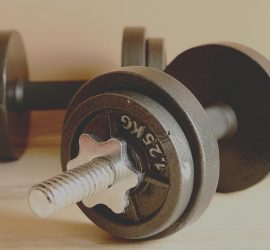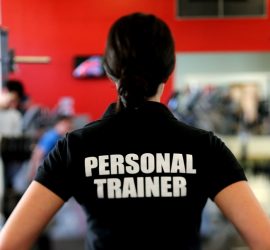The learning effect with 1RM strength tests
The one repetition maximum (1RM) is a test of muscle strength. It is defined as the maximal amount of weight an individual can lift once, but not twice, when using the correct technique. Common 1RM tests include the bench press, chest press machine, biceps curl, lat pulldown, back squat, leg […]










